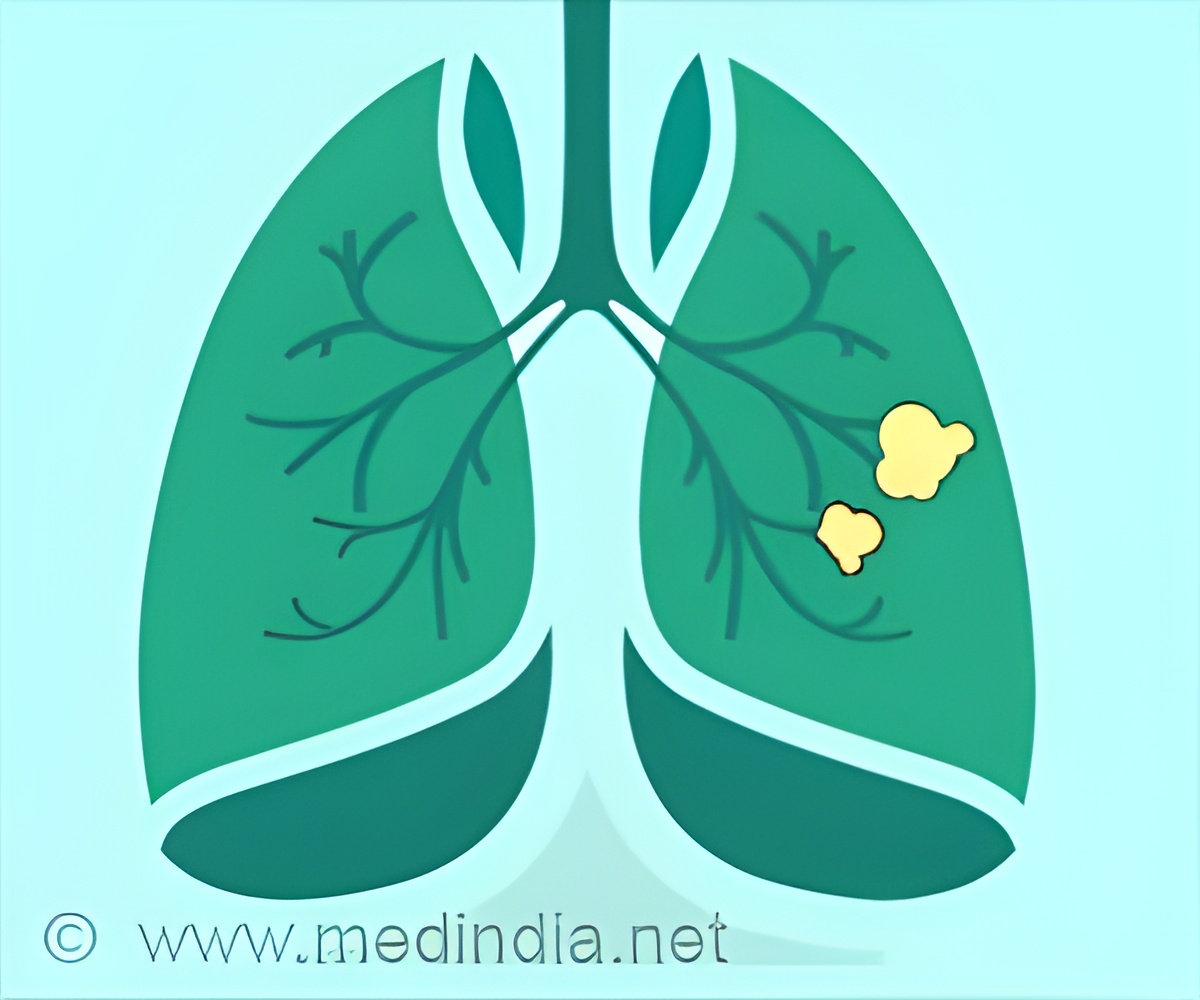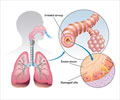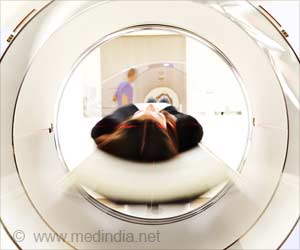Introducing a #ventilator-on-a-chip model, a cutting-edge tool designed to study #lungdamage and improve our understanding of #respiratory health.

A micro-scale humanized ventilator-on-a-chip to examine the injurious effects of mechanical ventilation
Go to source). “The initial damage is purely physical, but the processes after that are biological in nature – and what we’re doing with this device is coupling the two,” Ghadiali said.
‘Breakthrough! Our new "organ-on-a-chip" model simulates #lunginjury, repair, and recovery in real time. This could revolutionize how we study and treat #lung diseases. #innovation #lunghealth’





The team hopes the device will also help in the hunt for therapies to address ventilator-induced lung injury. Breakthrough in Lung Injury Research
“This is an important advance in the field that will hopefully allow for a better understanding of how lung injury develops in mechanically ventilated patients and identification of therapeutic targets so that we can give drugs to prevent that kind of injury or treat it when it happens,” said co-lead author Joshua Englert, MD, associate professor of pulmonary, critical care and sleep medicine at The Ohio State University Wexner Medical Center.The research was published recently in the journal Lab on a Chip.
Ventilators save the lives of patients with severe respiratory problems related to disease or trauma, but it has been known for a long time that the mechanical forces exerted on the lungs also cause injury. The damage at the cellular level can make the barrier between tiny air sacs and capillaries carrying blood become leaky, leading to fluid buildup that interferes with oxygen getting to the lungs.
Of particular value is the ventilator-on-a chip’s measurement of real-time changes to cells that affect the integrity of that barrier, enabled by an innovative approach: growing human lung cells on a synthetic nanofiber membrane mimicking the complex lung matrix. It’s closer to the authentic ventilated lung microenvironment than any similar lung chip systems to date, the researchers say.
Advertisement
Experiments showed that overinflation with a high volume of air and cyclic collapse and reopening of air sacs both led the barrier to become leaky, but the cells could recover more quickly from overinflation than from the repetitive opening and closing of air sacs.
Advertisement
“There really hasn’t been a lot of data that could allow for the comparison of those two injurious forces in the same system,” he said. “But now for the first time, we can use the same device with the same cells and induce both types of injury and see what happens. Our data suggests neither one of them is good, they’re both injurious, but that the collapse and reopening seems to be more severe and makes recovery harder.”
This finding was a demonstration of the model’s sophistication, Ghadiali said.
“We knew for a long time that collapse and reopening is a pretty injurious force, but we never could measure it in real time,” he said. “Now that we know that collapse and reopening injury happens much quicker and takes a long time to recover, we plan to use the ventilator on a chip to figure out how to prevent this injury and/or enhance the repair.”
Next steps involve modeling diseases such as pneumonia and traumatic injuries experienced by ICU patients in combination with mechanical action.
“We’re in the early stages of developing some of those models, diving a little bit deeper into the complexity of lung injury in ICU patients,” Englert said. “This model is a platform we can build upon.”
Reference:
- A micro-scale humanized ventilator-on-a-chip to examine the injurious effects of mechanical ventilation - (https://pubs.rsc.org/en/content/articlelanding/2024/lc/d4lc00143e)











